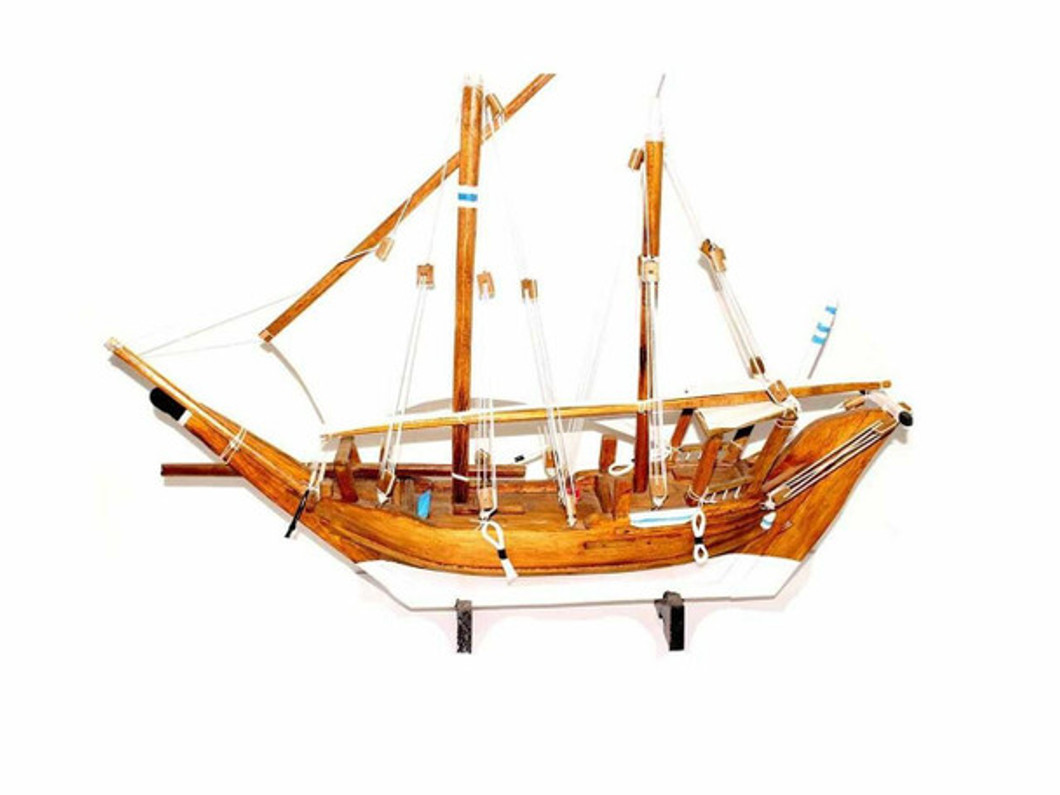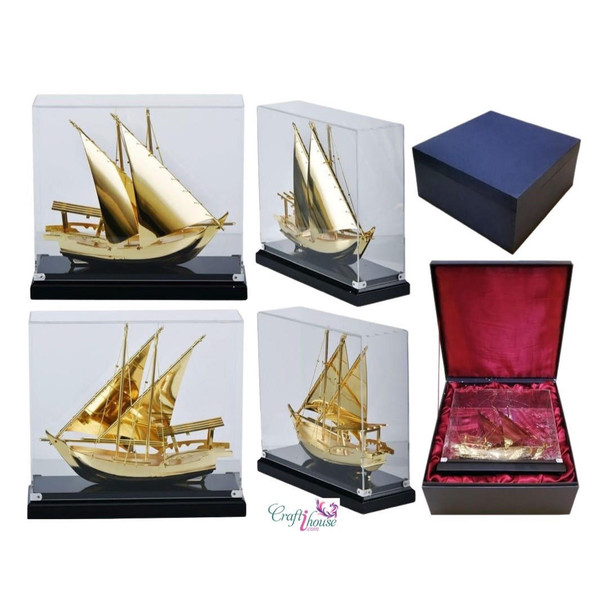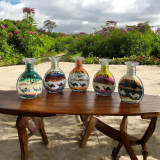The Enchanting History of Traditional Arabian Dhows
Sailing through Time: The Enchanting History of Traditional Arabian Dhows
In the vast expanse of the Arabian seas, where trade routes connected civilizations and cultures for centuries, the dhow emerged as an iconic vessel that embodied the spirit of maritime heritage. These traditional Arabian sailing vessels, with their distinctive triangular sails and elegant designs, have a rich history that reflects the seafaring traditions of the region.
The Origins of the Dhow:
The roots of the dhow can be traced back over a thousand years, with its design and construction evolving to suit the needs of Arabian sailors. The term "dhow" itself is believed to have originated from the Persian word "dāwa," meaning a vessel.
Early dhows were crafted from wood, typically teak or mahogany, and featured a distinctive design that set them apart from other vessels of their time. One of the defining features of the dhow is its unique lateen sail, a triangular sail affixed to a long, diagonal spar. This design allowed for increased maneuverability, making dhows efficient in navigating both open seas and shallow waters.
Trading Prowess:
The dhow played a crucial role in the flourishing trade networks that connected the Arabian Peninsula with India, East Africa, and beyond. From the 8th century onwards, these vessels were the backbone of Arabian maritime trade, transporting goods such as spices, silk, precious metals, and exotic woods.
The enduring success of the dhow in trade can be attributed to its versatility and adaptability. Dhows were designed to navigate the monsoon winds, allowing sailors to harness the power of the seasonal winds for their journeys. The vessels were also equipped with advanced navigational instruments, showcasing the maritime expertise of Arabian sailors.
Varieties of Dhows:
Over the centuries, different types of dhows emerged, each tailored to specific functions. The Baghlah, with its large cargo capacity, was ideal for transporting goods, while the Boom, a smaller and faster dhow, was often used for fishing and pearl diving. The Jalibut, with its sleek design and efficient sail system, was favored for long-distance voyages.
Preservation of Tradition:
Despite the advent of modern shipping technology, traditional dhows continue to sail the Arabian seas, serving as a living testament to the rich maritime history of the region. Today, maritime festivals and events celebrate the craftsmanship and skills associated with building and sailing dhows, ensuring that this cultural heritage is passed down to future generations.
Conclusion:
The dhow stands as a symbol of Arabian maritime prowess and cultural identity, embodying the seafaring spirit that has connected nations and fostered trade for centuries. As these majestic vessels continue to grace the waters of the Arabian Gulf and beyond, they serve as a reminder of the enduring legacy of traditional craftsmanship and the important role that maritime trade has played in shaping the history of the Arabian Peninsula.
Recent Posts
-
Top 5 Cultural Gifts to Buy in Dubai (That Actually Mean Something)
*Intro:* If you’re visiting Dubai and want to bring home more than just a magnet or perfume bo …11th Jul 2025 -
The Best Souvenir Shop in the UAE? Why CraftiHouse Stands Out from the Rest
The Best Souvenir Shop in the UAE? Why CraftiHouse Stands Out from the Rest Souvenir shopping in the …10th Jul 2025 -
Why CraftiHouse Is the Best Destination for Authentic Sand Bottle Art in the UAE
Why CraftiHouse Is the Best Destination for Authentic Sand Bottle Art in the UAE When you think of …10th Jul 2025






